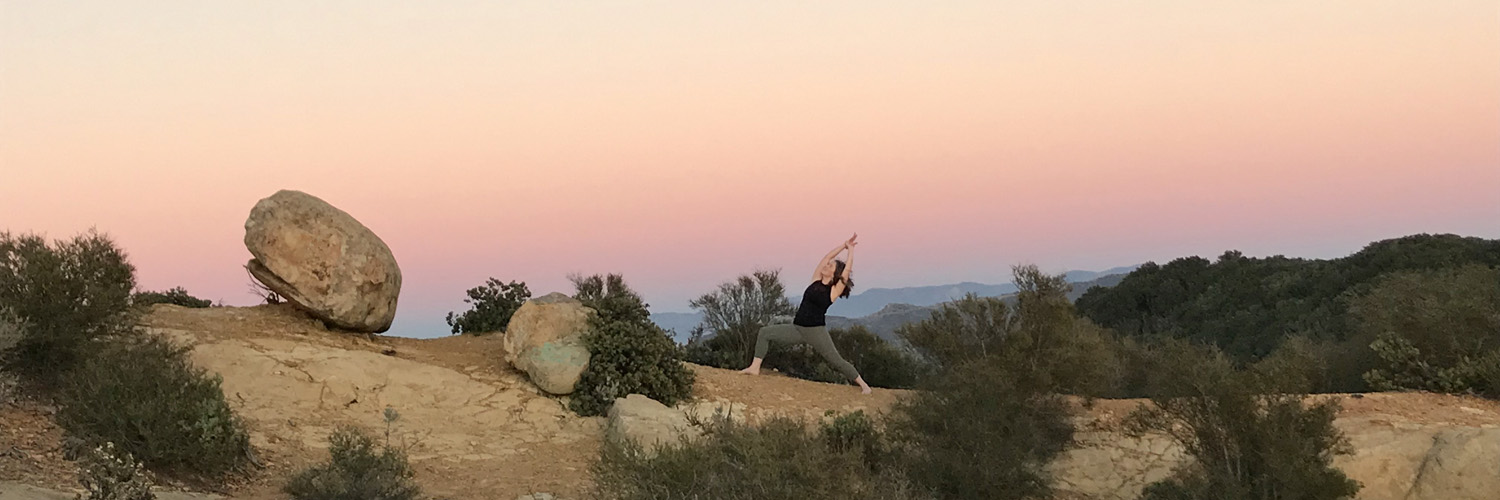
Let’s dive right in. Mudras are an amazing tool to harmonize your chakras and awaken to your full potential. Mudras are an ancient practice of hand positions that harness our prana and amplify our intentions. These mudras are easy to practice in meditation, in your asana practice, or even when you’re bumming around town. We can use mudras to direct our energy and focus and to awaken and align our chakras with our truth and the Divine within. In this post, I’ll be focusing on mudras for Svadisthana Chakra, also known as our sacral chakra.
If you’ve accidentally stumbled upon this blog post and you aren’t sure what the chakras are, I would encourage you to hit the pause button on this post and check out one of the following blog posts. These articles will give you a good foundation and introduction to the chakras.
- Introduction to the Chakras Chelsea Murray
- 7 Chakras Every Yogi Must Know by Abigail Cox
Recently, I’ve been feeling called to share the following three mudras for Svadisthana Chakra. I know that someone out there needs them, maybe it’s you, maybe it’s one of your students or family members.

A Brief Introduction to Svadisthana, Our Sacral Chakra
Briefly, Svadisthana is our second chakra and it’s commonly known as the Sacral Chakra because it resides in the region of our pelvis at the sacrum. As an energy center, it influences our reproductive organs, kidneys and bladder. The sacral chakra also governs the following characteristics of our personality and development:
- Creation, generation, growth
- Sensuality, sexuality, pleasure and desire/passion
- Creativity
- Our ability to let go and go with the flow
Getting in touch with the second chakra helps us cultivate the above characteristics in a healthy and balanced manner. A balanced second chakra brings health to our reproductive organs, awakens the Divine Feminine within, ignites the inner spark of creativity and passion, and syncs us with the rhythms of nature and the cycles of the moon.
Three mudras for Svadisthana Chakra
Yoni Mudra for the Second Chakra “Gesture of the Womb or Source”
Yoni mudra connects us to the goddess energy of the Dark Mother. The Dark Mother, in her various forms, has been worshipped and honored across cultures for thousands of years. This mudra connects us to the womb of creation and it’s primordial wisdom. Yoni mudra helps us ground when we feel anxious or when we feel like we’re spinning out of control.
Yoni Mudra is also tied to the Goddess Kali in Hinduism. Kali is one of the warrior goddesses. Briefly, she is the goddess of time, creation and destruction, and transformation. She is the goddess to call on when you have a battle to fight, whether it is internal or external. Kali is also called on when we’re ready to make big changes in our lives, when we’re ready to release what no longer serves us, and when we’re ready to step into our power, unapologetically.

How to practice Yoni Mudra
Bring the tips of your index fingers to touch. Next, form a diamond shape by also bringing the tips of your thumbs to touch. Then interlace the middle fingers, ring fingers and pinky fingers. Bring your hands in front of your pelvis, svadisthana chakra, and point your index fingers down toward the earth. Sit quietly and take a moment to witness your breath. Experience your breath in your lower abdomen, your womb and your pelvis. Become aware of the ancient womb wisdom that resides within. This wisdom is passed down from generation to generation.
Although this mudra is typically practiced by women, men will benefit from its practice too and can benefit from tapping into the energy of the divine feminine and the wisdom of all mothers.
Shakti Mudra for Svadisthana Chakra “Gesture of the Divine Feminine” also known as the “Gesture of Power”
Shakti Mudra, much like other Svadisthana Chakra practices, brings awareness and wellbeing to the region of the pelvis and lower back by directing prana known as life-force energy. When Swadisthana chakra is balanced we know our self-worth and we feel creative in both artistic endeavors and in problem solving. We are adaptable, empowered, and trust our inner wisdom. Shakti Mudra helps us access our innate power and strength and connects us to the energy of the Hindu goddess Durga.
This mudra is thought to assist the flow of apana, the down and outward flowing energy of the abdomen and pelvis. It helps in the processes of digestion and elimination and it helps relieve menstrual discomfort.
One of the major benefits of Shakti Mudra is its ability to calm the body and mind. Shakti Mudra helps relieve stress and anxiety and promotes a good night’s sleep. For better sleep, practice shakti mudra before bed and combine it with a gentle pranayama that lengthens your exhale breath.

How to Practice Shakti Mudra

Bring your hands in front of your heart space. Tuck your thumbs into the palm of your hands, fold your index finger, and middle finger over the top of your thumbs. Then bring the tips of your ring fingers and the tips of your little fingers to touch. The fingernails of your middle finger and ring finger will be touching the respective fingernail on the opposite hand. The base of your palms may or may not be touching. Hold the mudra in front of your heart space. If your arms become tired you can release your hands down toward your abdomen or pelvis.
Hold for up to 30 minutes or the duration of your meditation practice. If 30 minutes feels too long and you end up feeling lethargic, try shortening your practice down to 12 minutes and practice one to three 12 minute sessions per day.
Ksepana Mudra for Swadisthana Chakra “Gesture of Surrender”
Ksepana Mudra is one of my all time favorite mudras, simply because the effect is palpable and immediate. This mudra helps install the water element in the second chakra and helps us release negativity, stress, and tension. As I’m sure you have experienced, it is hard to be creative when we’re feeling stuck or stressed and this mudra gets things moving and flowing. Hop over to this blog post if you would like to learn more about Ksepana Mudra.

How to Practice Ksepana Mudra
To begin, bring the palms of your hands to touch, interlace your fingers, and then release your index fingers. Next, bring your hands to rest in front of your pelvis and turn your index fingers to point downward. If you are drawn to moving meditations or visualization practices, check out this Ksepana Mudra practice shared in this post.
As you continue on your journey of self-exploration, I hope that you find these mudras for Svadisthana Chakra helpful. Deepen and expand your practice by joining an upcoming yoga retreat. As always, please feel free to reach out if you have any questions.
Love & Light,
Autumn

 Ambuja Yoga
Ambuja Yoga 


















